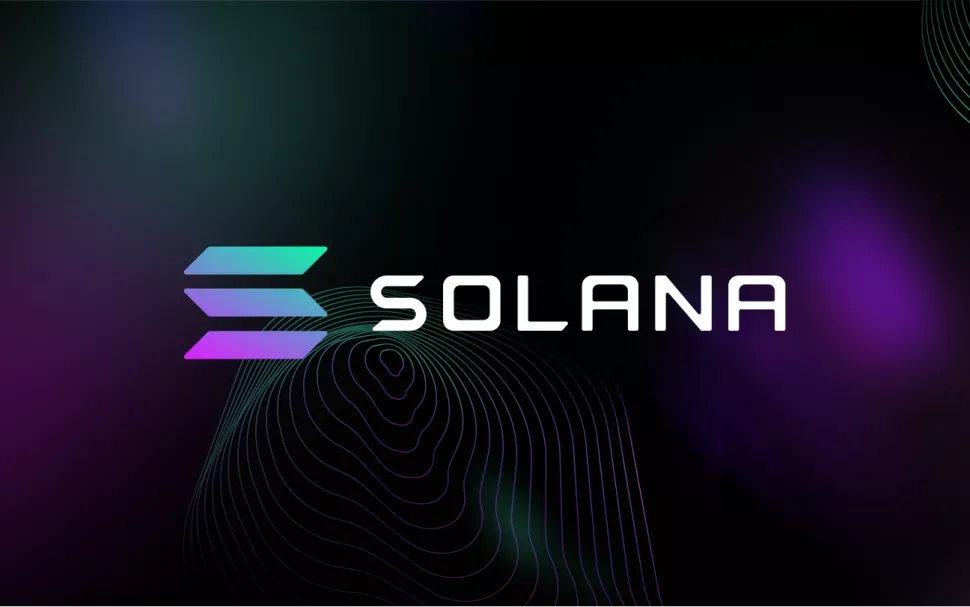 (Image credit: Solana)
(Image credit: Solana)
If you're new to cryptocurrency, Solana may have slipped under your radar. Don't worry, I am here to shine some light on this fast-emerging project that's taking on the industry's biggest brands.
SOL, the cryptocurrency tied to the Solana network, has risen into the top ten largest cryptocurrencies on the back of hopes that its blockchain architecture will be a long-term challenger to Ethereum.
Solana's cryptocurrency has quadrupled in value in only a few weeks, and it currently has a market worth of more over $35 billion. Optimism has increased as a result of Solana's quicker transaction speeds and reduced transaction costs when dealing with decentralized finance (DeFi) and digital collectibles — both of which Ethereum is used.
It's time to find out what Solana really is!
As part of the Solana blockchain network, goods and services powered by cryptocurrencies will be developed.
As opposed to Bitcoin, Solana provides capabilities comparable to Ethereum. With quicker transaction speeds and reduced costs, it sets itself apart from Ethereum's network.
This is more than Ethereum and Bitcoin combined. On the Solana blockchain, developers may also create and launch customized apps in a variety of programming languages, including Python, Java, and C++. Executing programs and transmitting transactions are paid for using Solana's native money, SOL (Solana's native cryptocurrency).
So is Solana not used for payments?
Like technology equities behave differently from oil and gas companies, so do cryptocurrencies.
When people hear the phrase cryptocurrency, they have a preconceived image of what a currency is, and what it's capable of.
While numerous crypto currencies strive to achieve diverse goals, only a limited number of them attempt to become "digital cash" and replace the ZAR and USD we have now.
There are two main types of cryptocurrency ventures. For example, Bitcoin and Litecoin have been purpose-built for alternative payment systems and asset storage, whereas Ethereum and Solana are more broad in their functionality. It's possible to construct other applications on top of these cryptocurrency networks by using them as a type of blockchain-based operating system for building decentralized applications (DApps).
What makes Solana different?
Designed to fit
Fast, Solana is capable of doing around 50 000 transactions per second at the present moment. Unlike Bitcoin and Ethereum, which can handle five and fifteen transactions per second, respectively. Visa's payment network, for example, processes over 1 700 transactions every second on average. Decentralized blockchain-based apps that aim to replace the financial system as we know it require faster transaction processing rates.
Inexpensive rates
In comparison to many other similar blockchain networks, Solana charges significantly cheaper costs. The Solana network's transaction fees are >200x less costly than Ethereum's.
Ecosystem growth
It's no secret that Solana's blockchain ecosystem has expanded fast and is receiving a lot of interest from users. Recent months have witnessed an increase of 130% in project activity at Solana (up to 181 projects at the time of writing). As of August, the value of Solana's smart contracts has risen by 200 percent, reaching a total of $3.5 billion.
By Mikatech
